Kolkata is perhaps the only city in the world where neighbourhoods are named after Christian missionaries, Indian freedom fighters and the Europeans they fought against, Muslim saints, Hindu goddesses, and even a Venetian whose history is hardly known. It is also the only city in the world where the American Consulate stands on a street named in honour of Ho Chi Minh, the Vietnamese Communist revolutionary leader!
Kolkata (formerly Calcutta), the City of Joy, is the cultural capital of India. It straddles the Hooghly River (locally known as the Ganges though geographically this river is a distributary of the main river and originates as a canal upstream) and is a sprawling metropolis of modern high-rises, sprawling slums, winding lanes, grand mansions, and neighbourhoods that unabashedly evoke bygone days. The city with rickety blue buses and cadmium yellow taxis is home to 4.5 million people. Simon Winchester writes, “Calcutta today, in consequence, is something of a mausoleum, a heaving hothouse of a museum, a place unable or unwilling to break free of her shackles as the one-time capital of imperial India.” Calcuttans are prone to romanticism and fatalism. They speak one of the most onomatopoeic languages in the world. They are always up for debate and are incorrigible foodies. Most of them take an interest in the arts, be it poetry, literature, theatre, or music. It is the only Indian city where arthouse movies consistently perform better than commercial flicks!
Etymology of Kolkata
The etymology of Kolkata is highly debated. Some theories are–
- Most historians trace the etymology of Calcutta/Kolkata to Kali-kota, the abode of Goddess Kali. Ancient Hindus referred to the place as Kali-shetra (shetra is area, region in Sanskrit). The Puranas mention that a portion of Sati’s corpse fell on the spot that is now Kalighat, the revered shrine of Goddess Kali.
- The etymology of Calcutta has also been linked to Golgotha, the land of skulls. There can be two reasons for this: First, Goddess Kali wears a necklace of skulls around her neck and is often pictured standing in a crematorium with human skulls strewn around her. Second, the land acquired the name after many Europeans died from tropical diseases and mariners starting regarding the place as Golgotha. Kolkata might be a corruption of the word, Golgotha.
- Grose in The Voyage to the East Indies Vol. II refers to the area as Kilkila, a region that stretched from the banks of the Saraswati in the west to the Yamuna in the east.
- The Marattha ditch or khal, as a ditch is called in Bengali, might have lent Kolkata its name because khal-kata would be cutting/excavating a ditch.
- According to Nair, the word kol which means ‘lap’ is usually used to denote the open ends of the alluvial formations which are formed on the sides of the rivers of Bengal by the deflection of currents. The peninsulas surrounding them are, after some time, cut through by the changes in the course of the river and the place is called kata-kol or kol-kata, which literally means ‘a cut-open lap.’
- Perhaps the most popular is the story of the farmer who when asked the name of the place by an Englishman assumed that he was being asked when the grass was cut and duly answered, kal kata “It was cut yesterday” and the Englishman noted down the name of the place as Kal-kata or Calcutta!
In 2001, Calcutta was officially renamed Kolkata in an attempt to shrug off its colonial past and to emphasise its ethnic Bengali roots. For us, Bengalis, Calcutta had always been Kolkata in Bengali and Calcutta in English and thus, the name change felt somewhat redundant. For the city whose inhabitants recite Tagore and Tennyson with equal ease and live perpetually immersed in nostalgia, the struggle for identity became all the more pronounced.
The history of the names of the neighbourhoods of Kolkata is not very well documented. There are very few written records of the area before the English arrived. For this project, only the more important neighbourhoods of North, Central, and South Kolkata have been considered. Neighbourhoods of Greater Kolkata and East Kolkata (the Eastern Metropolitan Bypass has been considered a rough boundary towards east) are not a part of this project as of now. Certain neighbourhoods in the north, beyond Shyambazaar, have not been included. The greatest problem we faced is the unavailability of archives and written material. There are multiple sources and most carry the history of only a few well-known neighbourhoods. Few can be learnt from oral traditions and some can only be hypothesised or conjectured.
Neighbourhoods of North Kolkata
Ahiritola
Ahiritola (Bengali: আহিরীটোলা) is the traditional quarters of the cow herders. Howell mentions that the British East India Company allotted separate districts to the company’s labourers and Ahiritola was one of them. Ahiri were the milkmen (so-called because they had to wake up at daybreak to milk the cows and take the milk to the market and the word ahiri is connected to daybreak) and the tola, district, assigned to them was Ahiritola. It is to be noted that only Hindu milkmen lived in this area.
Babughat
Babughat (Bengali: বাবুঘাট), originally Babu Raj Chandra Ghat, was named after Babu Raj Chandra Das, husband of Rani Rashmoni who had it built in 1830 in memory of her late husband. With its fine Doric-Greek style pavilion, it offered lovely views of the river and was frequented by the babus of Calcutta. The area around the ghat is known by the same name.
Badurbagan
It is conjectured that Badurbagan (Bengali: বাদুড়বাগান) was notorious for its population of frugivorous bats or flying foxes. Badur (বাদুড়/ Bāduṛa) is Bengali for
Bagmari
Present-day Bagmari (Bengali: বাগমারী) was once the hunting resort of the sahibs of Calcutta and a tiger (বাঘ/Bagh) was probably captured and killed (kill: মারা/Mārā) here.
Baghbazar
Baghbazaar (Bengali: বাগ়বাজার) is located along the banks of the Hooghly and like most North Kolkata neighbourhoods, it was once home to the aristocracy and the Bengali babus, a class of liberals and progressives from the late 18th to the 20th century who initiated the Bengali Renaissance. Bagh means garden and bazaar, a permanent market. Thus, Baghbazaar gets its name from a flower market that no longer exists. Until 1952, there existed at the northernmost corner of this neighbourhood a garden called Perin’s garden where British memsahibs enjoyed leisurely strolls. It can be assumed that this garden supplied flowers to the local market.
Barobazaar
Baro, in Bengali, means large and Barobazaar (Bengali: বড় বাজার), literally large market, is the largest wholesale market in India. Some historians say that the area gets its name from Buro, another name for Lord Shiva, and was earlier known as Burobazaar. There used to be a Shiva temple in the area. Persians, Bengalis, Jews, Arabs, Marwaris, Armenians, Madrasis, Burmese, Sikhs, Turks, Parses, Chinese and Europeans, bought and sold goods here. It was a congregation of diverse cultures and languages. Colesworthy Grant in his book Anglo-Indian sketches writes: “Here may be seen the jewels of Golkanda and Bundelkhand, the shawls of Cashmere, the
Beadon Square
Sir Cecil Beadon, lieutenant-governor of the Bengal Presidency from 1862 to 1866, gave Beadon Square its name.
Beniatola
Beniatola (Bengali: বেনিয়াটোলা) was the district of the merchants (বেনিয়া / Bēniẏā is derived from the Sanskrit Banij/Vanij which means merchants). In Bengal, people belonging to the
Beleghata
Beleghata (Bengali: বেলেঘাটা) or as Beliaghata is more popularly known gets its name from the sand (বালি /Bāli) deposit along the bank of the creek that flowed through this area. According to Nair,
Boubazaar
Boubazaar (Bengali: বৌবাজার) or the bride’s market was so named because the daughter-in-law (বউ / Ba’u from the Sanskrit bahu) of one merchant named Biswanath Matilal owned the land rights of this area. It is also possible that bou is a corruption of the word bahu, from the Pali word meaning many, and referred to a locality where many petty bazaars were held.
Burtollah
A pair of twin bar or Banyan trees gave its name to Burtollah (Bengali: বুড়তলা).
Chandni Chowk
It is possible that Chandni Chowk (Bengali: চাঁদনী চৌক) was named after Delhi’s Chandni Chowk though there are no similarities in the design and arrangement of stalls. Both are bustling markets. It is possible that the area was so named as a symbol of acknowledgement for the Mughals whose capital was at Delhi.
Chaltabagan
Chaltabagan (Bengali: চালতাবাগান) derives its name from a fruit called Chalta (Dillenia Indica). In Bengali kitchens, chalta is usually pickled or made into a relish.
Chatawala Guli
Chatawala Guli (Bengali: ছাতাওয়ালা গলি) was a lane where the Chinese, Muslim, Jew and Parsi communities lived. It derives its name from the umbrellas (Bengali: ছাতা / chata) sold here.
Chitpur
The shrine of Goddess Chiteswari gave Chitpur (Bengali: চিৎপুর) its name. Built by Gobindram Mitter (Mitter is the Anglicisation of the Bengali surname Mitra), the temple was destroyed in an earthquake in 1737. The area could also have got its name from a notorious bandit, Chitey Dakat, who offered human sacrifices to appease the goddess. Chitpur was known for being the hub of theatre and there were many printing presses here. A number of artists lived here and the area was sort of an artists’ colony in the early 16th century. Chitra (চিত্র / chitra is a Sanskrit word that complex roots in Proto-Indo-European language and Persian) means painting and pura, as mentioned in the Rigveda, means a town. In fact, Bipradas Pipilai in his poem Mansamangala does refer to the area as Chitrapur.
College Square
College Square and College Street get their names from their proximity to many schools and colleges including Sanskrit College, Calcutta Medical College, and Presidency University which was earlier known as the Hindu College. College Square was earlier called Goldighee because the natural shape of the tank (দীঘি/Dīghi) was round (গোল/gol). It was later excavated and converted to a square tank and the sides were tiled. College Street is the world’s largest second-hand book market and scholars and bibliophiles flock the stalls for a chance at scoring a rare manuscript or a first edition. Also in the area is the Indian Coffee House which since its inception has been the haunt of the Bengali intelligentsia. Renowned personalities like Rabindranath Tagore and Satyajit Ray have all been patrons.
Colootola
Colootola (Bengali: কলুটোলা) or Kalutola was the locality of the oil-pressers (কলু/Kalu).
Dalhousie
Dalhousie Square was named after Lord Dalhousie who was the Governor-General of India from 1848-1856. It has been renamed Binoy-Badal-Dinesh (B.B.D.) Bagh (Bengali: বি.বা.দী. বাগ) to commemorate three young freedom fighters who shot dead the Inspector General of Prisons, N.S. Simpson in 1930.
Dharamatala
Dharmatala (Bengali: ধর্ম্মতলা) traces its name to Dharmathakur, a folk deity worshipped in parts of rural Bengal. Haris and Doms, two castes who worshipped Dharmathakur, used to live in the surrounding area. Some say that Dharmatala, literally Holy Street, gets its name from its proximity to the Tipu Sultan Mosque. Others argue that the name is a reference to Dharma, one of the units of the Buddhist Trinity because there used to be a Buddhist temple nearby. It is possible that the suffix tola was earlier used but has been corrupted to tala.
Dorjipara
Dorjipara (Bengali: দর্জিপাড়া) was the colony (para) of the tailors (দর্জি / Darajī). This locality is peppered with some beautiful examples of the unique architecture of Kolkata. The word “dorji” comes from the darzi that means the business of a tailor in Hindi. This word has its roots in the Persian darzan, to sew.
Entally
Enayat Ali Market was located at the heart of modern-day Entally (Bengali: এন্টালী). The name Entally is a corruption of Enayat Ali. However, Gait disagrees and says that Entally was originally called Hintally and derives its name from Hintal, a species of date-palm that grows only on lands subject to tides.
Garanhatta
Garanhatta (Bengali: গরাণহাট্টা), a nearby locality, is so called because a particular species of trees grew here. Garran, the unbarked trunks of these trees used for building and for fuel purposes, was sold in the
Girish Park
Girish Park (Bengali: গিরিশ পার্ক) was named in honour of Girish Chandra Ghosh, the Father of the Bengali Theatre. Despite being a disbeliever and a sceptic in his earlier life, he later became a disciple of Sri Ramakrishna, an Indian mystic and devotee of Goddess Kali. Toru Dutt, the well-known Indian poet who wrote in English and French, was born in the Dutt family who lived in nearby Rambagan.
Guabagan
The Sanskrit word for betel-nut palms, gubāk, gives Guabagan (Bengali: গুয়াবাগান) its name.
Haatibagan
When Nawab Siraj ud-Daulah attacked Calcutta in 1756, his elephants were posted on a tract of land close to the river. This area came to be known by the name of Haatibagan (Bengali: হাতিবাগান), the garden (bagan) where the elephants (হাতি / Hāti is derived from the Sanskrit hasta meaning hand) were kept. It is one of the oldest traditional markets in Kolkata.
Halsibagan
Halsibagan (Bengali: হালসিবাগান) is in the Khanna-Maniktala neighbourhood. When most of Kolkata was a marshy land, halsi (Aegiceras Fragrans), a plant that grows only in areas overflowed by the spring tide grew predominantly in this area and therefore the area was named Halsibagan.
Hatkhola
Hatkhola (Bengali: হাটখোলা) is a corruption of Hat-tola and gets its name from the hat (হাট/Hāṭa) or mart for the sale of the principal commodities of commerce such as rice, etc.
Hedua
To the north-east of Girish Park is Hedua (Bengali: হেদুয়া). It is a corruption of the word Hrad (হ্রদ/Hrada) which means lake. The locality and the tank were famous for underground springs that proved an impediment to the construction of the tank.
Janbazar
Since Janbazaar (Bengali: জানবাজার) was a densely populated and busy locality, it is possible that it got its name from the many vehicles plying through the streets since the Bengali word
Jorabagan
Jorabagan (Bengali: জোড়াবাগান) literally means a pair (জোড়া /
Jorasanko
Jorasanko (Bengali: জোড়াসাঁকো) was so named because once upon a time there was a creek here and right at this point, there were two bamboo bridges (সাঁকো / Sām̐kō) spanning it. Jorasanka was home to a number of Kolkata’s most distinguished families, including the Tagore family (Tagore is the Anglicisation of Thakur, a title with roots in the Sanskrit thākura meaning chief or man of rank). Nobel laureate, Rabindranath Tagore, was born here and his house still stands in this neighbourhood.
Kadapara
Due to its proximity to the marshes, the soil in this area was muddy (mud: (কাদা/Kādā) year round and this is why Kadapara (Bengali: কাদাপাড়া) came to be called so. Kadapara literally translates to muddy-neighbourhood.
Khanna
Khanna (Bengali: খান্না) got its name from Khanna theatre that is no longer in operation.
Kumartuli
Kumartuli (Bengali: কুমোরটুলি) is the traditional potter’s (কুমার or Kumāra) quarters of Kolkata. Winding lanes are a characteristic of North Kolkata and Kumartuli is no exception. Idols of Goddess Durga are crafted in crammed workshops year round. The skeleton is made with bamboo and hay is used for the flesh and finally a layer of entel maati, (এঁটেল /Ēm̐ṭēla comes from আঁটা/ Ām̐ṭā which means to stick or to tighten) a type of sticky clay brought in from the bed of the Hooghly is applied on the structure and another variety of clay called bele maati (বেলে / Bēlē is derived from বালি / Bāli which means sand and this type of clay is high in sand content) is applied over it before the painting starts. The most important ritual is the drawing of eyes that symbolises that there is a soul in the idol. Traditionally, artisans would do it in the darkness and no one could witness the act. One interesting thing to note: it is customary that the clay to build the idol should be mixed with a small quantity of soil brought from the choukath of a sex worker as it is said that a man sheds all their righteousness and nobility before crossing that threshold.
Kankurgachi
Kankurgachi (Bengali: কাঁকুড়গাছি) gets its name from the kankur (Cucumis utilissimus), a plant belonging to the Cucurbitacea family, that perhaps grew or was cultivated in this area.
Lalbazaar
The area around Lal dighi came to be known as Lalbazaar (Bengali: লালবাজার). Dighi, in Bengali, means pond and lal (red) dighi got its name because the reflection of the red walls of old Fort William made its water appear red. It is also possible that the area derives its name from Lal Girja as the Old or Mission Church, with its red-painted bricks, was known to the natives.
Lebutala
The acid lime tree (লেবু/Lēbu) gives Lebutala (Bengali: লেবুতলা) its name.
Machuabazaar
Machuabazaar (Bengali: মাছুয়াবাজার) or fishermen’s market gets its name from the Bengali মাছ / Mācha, meaning fish.
Maniktala
Maniktala (Bengali: মানিকতলা) gets its name from the tomb of Manik
Moulali
It is possible that Moulali (Bengali: মৌলালি) derived its name from someone who was popularly known as Maulana Ali. The name can refer to either Maulana Mohammed Ali, a famous freedom fighter or his elder brother, Maulana Shaukat Ali. It might also be the name of some Muslim saint who was revered by the locals and had a dargah here.
Muchibazaar
The market of the cobblers (মুচি /
Murgihatta
South of Barabazar was the fowl market popularly known as
Nonapukur
Nonapukur (Bengali: নোনাপুকুর) gets its name from a brackish (নোনা/Nōnā) tank (পুকুর/pukur) that existed in that area.
Pataldanga
Nearby Maniktala is Pataldanga (Bengali: পটলডাঙ্গা), an area which gets its name from a cucurbitaceous vegetable, potol (পটল/Paṭala) or the pointed gourd (Trichosanthes Dioica). This vegetable features frequently in Bengali cooking; pointed gourd stuffed with ground poppy seeds is considered a delicacy. No historical records offer any commentary on why the potol was honoured!
Pathuriaghata
Earlier the river Hooghly flowed past the Chitpur Road. Pathuriaghata (Bengali: পাথুরিয়াঘাটা) derives its name from the stone (পাথর/Pāthara) flight of steps (ghat) that existed there in the 17th century.
Phoolbagan
It is safe to assume that once upon a time there existed a garden of flowers (ফুল/phool) there and that gave Phoolbagan (Bengali: ফুলবাগান) its name.
Posta
The word posta is an old Bengali word that can refer to a pier or quay. Posta (Bengali: পোস্তা) market is located near the river and since it is known that in olden days, the river flowed further east, it is probable that a pier existed here to facilitate the transportation of goods to this wholesale market. Referring to its location near the pier, the locals simply called the market Posta. The market was also known as Raja Sukhmoy’s Posta and eventually, the entire area came to be known by the name Posta.
Rajabazaar
Needless to say, the market frequented by the kings, the rajas of North Kolkata came to be known as Rajabazaar (Bengali: রাজাবাজার). The word রাজা / Rājā comes from the Sanskrit rajan “king” and cognate with Latin rex, Old Irish rig “king”. It was originally called Raja Ramlochan-r bazaar or the market of Raja Ramlochan. Alternatively, the locality gets its name from Raja Rajballav who sought and obtained protection against the Nawab from the Company.
Sealdah
Geologists have hypothesised that Kolkata was once a part of the Sundarbans and “the sea gradually withdrew and at the beginning of the Christian Era, it was a land-mass crisscrossed by islands.” (Nair, 6). Sealdah (Bengali: শিয়ালদাহ) was formerly known as Srigaladwipa, a flat island populated by jackals. Se-aal (শিয়াল/Śēẏāla) or srigal (শৃগাল/Śr̥gāla) means jackal and dwipa is the Bengali word for island (দ্বীপ/Dbīpa). Another conjecture is that jackals were killed and burnt (ডাহা/Ḍ’̔āhā) here and thus the area was called Sealdah.
Shobhabazaar
Shobhabazaar (Bengali: শোভাবাজার) derives its name from Shobharam Basak, one of the richest persons living in 18th century Kolkata. It is also possible that it got its name from the great sabha or caste meeting held on the occasion of the shradh ceremony of Maharaja Nabakrishna Deb’s mother. Shobhabazar might also be a corruption of Subah-bazaar or the bazaar of the subah i.e. province of Bengal under the Muslim rule. (Gait, 90).
Shyambazaar
A chaotic five-point crossing is the identity marker of Shyambazaar (Bengali: শ্যামবাজার), a throbbing north Kolkata neighbourhood where horse-drawn trams were first introduced. According to Holwell, there used to be a large market named Charles Bazaar here, which was later renamed in honour of Shyam Rai by the Basak family, one of the richest trading families of those times. The area surrounding the market came to be known by the same name.
Simla
Simla (Bengali: সিমলা) was so named because there was an abundance of shimul trees (Bombax ceiba) in the locality. In spring, the blue tropical skies were filigreed with the bright-red blossoms and the streets wear covered with a layer of fuzzy cotton.
Singhi Bagan
The garden of the Singhi family was located in the neighbourhood now known as Singhi Bagan (Bengali: সিংহিবাগান).
Sonagachi
Kolkata’s red light district, Sonagachi (Bengali: সোনাগাছি), traces its name to a religious figure. The area was owned by a Muslim saint by the name of Sanaullah Gazi, or as he was locally known, Sona Gazi. His tomb still stands in the area that came to be known as Sonagachi, gachi being a more Bengalized pronunciation of the word Gazi.’
Taltala
The palmyra, tal trees, that are common in the southern parts of Bengal lend Taltala (Bengali: তালতলা) its name.
Tangra
There are two possibilities of the origin of the word Tangra (Bengali: ট্যাংরা): it might be a corruption of the word tanner since a number of tanneries are located in this area or it might have been derived from the Tangra fish (Mystus vitatus). Tangra houses the Chinese population of Kolkata and has numerous Hakka Chinese restaurants. During the Chinese New Year, the area is decorated with lights and dragon dances are organised.
Thanthania
The etymology of Thanthania (Bengali: ঠনঠনিয়া) is very interesting. This area was notorious for its hard soil that was as hard as bricks and thus, the locals referred to it as Thanthania which according to Gait originates from “thun-thun, an onomatopoeic term representing to the Indian ear the sound which two bricks emit when struck against each other.” (89). However, Sarat Chandra Mitra asserts that the “thuntherias, or the class who work in brass or bell-metal” gave Thanthania its name. (100)
Tiretta Bazaar
Edward Tiretta lent his name to the neighbourhood called Tiretta Bazaar. Tiretta was a Venetian exile and nobody knows how he attained the position of superintendent of streets and houses of Calcutta under the East India Company. The Calcutta Gazette of 1788 describes Tiretta as a flourishing bazaar occupying nine bighas (roughly 1/3rd of an acre or 1333 m2) and eight cottahs (1 cottah is roughly 1/20th of a bigha) of land. Nearby is the city’s only Burmese Buddhist Temple and Kolkata’s unique Chinese Kali Temple. Tiretta was also the founder of a burial ground on Park Street that came to be known as Tiretta’s Burial Ground. The oldest tomb in this cemetery is of his wife, Angelique who died in 1796.
Ultadanga
Ultadanga (Bengali: উল্টাডাঙ্গা) is a corruption of Ulta-dingi, the site where a cockleboat (ডিঙি/Ḍiṅi) is conjectured to have overturned (উল্টা / Ulṭā) in the creek. This accident must have been a remarkable one but there are no written records.
Wellington Square
Wellington Square, as Raja Subodh Mullick Square was earlier known as, was named after Arthur Wellesley, the 1st Duke of Wellington. The locality was previously known as Dingabhanga from a cockleboat (ডিঙি/Ḍiṅi) that was wrecked (ভাঙা/Bhāṅā) here in the devastating cyclone of 1737.
Neighbourhoods of South Kolkata
Alipur
Mir Jafar Ali, the Nawab of Murshidabad, lent his name to one of Kolkata’s posher neighbourhoods, Alipur (Bengali: আলিপুর). In the late 1760s, after the British East India Company had harangued him to abdicate in favour of Qasim Khan, the nawab settled in Kolkata within the safety of English fortifications in this area. He built many buildings in the city, one of which was the magnificent Belvedere House that became the official residence of the Lieutenant Governor. Belvedere literally means ‘fair view’ and originates from late 16th century Italian: bel ‘beautiful’ + vedere ‘to view.’ C.E. Buckland describes it as: “In the middle of a park studded with groups of trees stands Belvedere House. Its architecture is of a free Italian Renaissance style developed of an ordinary Anglo-Indian building. Its terrace overlooks a rich expanse of verdure, its flight of steps are environed by flowing creepers, its ground covered with lotus and water lilies. Its garden encircled with various trees, the banyan, the almond the bamboo, the cotton tree and even by some specimens of the peerless Amherstia.” Belvedere House stood within the Belvedere Estates and Alipur was once known as Belvedere.
Babubagan
Babubagan (Bengali: বাবুবাগান) gets its name from a garden that was frequented by the babus of Kolkata.
Baghajatin
Baghjatin (Bengali: বাঘা যতীন) gets its name from Jatindranath Mukherjee, a Bengali freedom fighter whose nom de guerre was Bagha Jatin. Bagha is the Bengali word for tiger.
Bakulbagan
Bakulbagan (Bengali: বকুলবাগান) gets its name from bakul trees (Mimusep Etingii).
Ballygunge
Ballygunge (Bengali: বালিগঞ্জ) is so called because the soil in this locality had rich deposits of sand (বালি/Bāli). It is hypothesised that the Adi Ganga flowed through this area.
Beckbagan
Beckbagan (Bengali: বেকবাগান) gets its name from the garden of Hyder Beck, the Wazir of Oudh.
Behala
The female protagonist of Mansamangalya, Behula, lends her name to a South Kolkata neighbourhood named Behala (Bengali: বেহালা). The locality might also have derived its name from Bahulapur or the land of many rivers, as it was a part of the Sundarbans during the rule of the Pala kings. Bahula also means dark and is an epithet of the goddess Chandi or Kali.
Beniapukur
The part of town where the tank of the benias was located continues to be known as Beniapukur (Bengali: বেনিয়াপুকুর).
Birji
Birjitala (Bengali: বির্জিতলা), now known as Birji, derives its name from Brajanath, another name of Lord Vishnu.
Bhowanipur
According to Sir Evan Cotton, in the 16th century, there used to be an older temple of Goddess Kali a mile or more to the northeast of the present Kalighat temple in what is now called Bhowanipur. Bhowani is another name of the goddess and in her honour, the neighbourhood is called Bhowanipur (Bengali: ভবানীপুর).
Chetla
There is no record on the origin of the name of the neighbourhood of Chetla. The word Chetla (Bengali: চেতলা) might be a corruption of the word aatchala, a style of temple architecture in Bengali. The aatchala Ras Bihari Temple is located here.
Chowringhee
No one is sure about how Chowringhee (Bengali: চৌরঙ্গী) got its name. It is said that this area was once a village named Cherangi, which means chera-anga or cut-up body referring to the body of Sati after Vishnu’s Sudarshan Chakra cut it into pieces to save the world from Shiva’s agony. One legend says that a yogi named Chorangi Giri discovered an image of Goddess Kali’s face and founded the original temple. He gave the locality its name.
Dhakuria
It is unknown how Dhakuria (Bengali: ঢাকুরিয়া) got its name. It is possible that the area was settled by the dhakis who are traditional drummers and play the dhak (ঢাক) during festivals.
Ekdalia
The origin of Ekdalia (Bengali: একডালিয়া) is unknown. It is possible that the area was initially settled by the members of one (এক/Ēka) community (দল/dal) and was named Ekdalia to proclaim a sense of unity.
Elgin
Elgin was named in honour of Lord Elgin.
Garia
It is conjectured that Garia (Bengali: গাড়িয়া) derives its name from the mangrove plant Goria or Guria (Kandelia candel) that grew in this area which was once part of the Sundarbans.
Gariahaat
Gariahat (Bengali: গড়িয়াহাট) is the market (haat) in Garia.
Hastings
Hastings was named in honour of the Marquis of Hastings, who commissioned the first iron bridge in India. The area was earlier known as Coolie Bazaar because the coolies, the porters, resided here.
Hazra
The erstwhile garden of the Hazra (Bengali: হাজরা) family was located in the neighbourhood that is currently known as Hazra. Hazra is a Bengali surname.
Jadavpur
The locality where the Jadavs, a community or caste, settled is called Jadavpur (Bengali: যাদবপুর).
Jatin Das Park
Jatin Das Park was named in honour of Jatindranath Das, an Indian independence activist and revolutionist.
Kalighat
Kalighat (Bengali: কালীঘাট) takes its name from the shrine of Goddess Kali. It is one of the 51 Shakti peethas. The right toe of Sati fell here. The temple was built by one of the Sabarna Chaudaris of Barsi Byeala. Eastern India’s only Greek Church is also located in the Kalighat area.
Kasba
The word kasba means village or suburb in Bengali. It is probably the origin of the name of the area, Kasba (Bengali: কসবা), in South Kolkata.
Kidderpore
Khizr/Khidr was the guardian saint of the seas for the fishing communities of Bengal and the area around the port was called Khizrpur/Khidrpur. Kidderpore (Bengali: খিদিরপুর) is a corruption of that name. Alternatively, the area might have got its name from Lord Kyde, the engineer who designed and supervised the building of the lock gates that connects the nearby port to the Hooghly River. Kolkata’s first bridges were built here under the supervision of Colonel Watson in 1781.
Kudghat
Kudghat (Bengali: কুদঘাট) is a corruption of Kutghat, a riverine tax collecting point in medieval Bengal (8). Here taxes were collected from ships and vessels passing through the Adi Ganga River which was once an important waterway for cargo ships.
Metiabruz
A tall mound of earth,
Mominpur
Momin is one of the attributive names of the Allah. The word can be used to refer to someone who believes in God and endorses the principles and philosophies of his religion with sincerity. It is conjectured that Mominpur (Bengali: মোমিনপুর) was named after a revered Muslim holy man.
Naktala
The word Nak might be a corruption of the word Nag, the name for the Hindu snake god. It is possible that Naktala (Bengali: নাকতলা) derived its name from him.
Paddapukur
Paddapukur (Bengali: পদ্দপুকুর) gets its name from a pond (পুকুর/Pukura) full of lotuses (পদ্ম/Padma). Padma is often pronounced as padda in Bengali.
Park Circus
Park Circus is so named because an annual circus was held on the large ground at the centre of this neighbourhood.
Patuapara
The locality of the Patuas is known as Patuapara (Bengali: পটুয়াপাড়া). The Patuas are an artisan community that traditionally paints Hindu gods and goddesses. The paintings are done on pieces of clothes and are known as potas.
Rabindra Sarobar
The Rabindra Sarobar area gets its name from the lakes (সরোবর/Sarōbara) that were named in honour of Rabindranath Tagore.
Taratala
Taratala (Bengali: তাড়াতলা) gets its name from the tar trees, the palmyra or the toddy palms (Borasus flabellifer).
Tiljala
Tiljala (Bengali: তিলজলা) seems to mean a small tract (তিল/til) of land in the midst of marshes. The word jal (জল) means water.
Tollygunge
The market built by Colonel William Tolly came to be known as Tollygunge (Bengali: টালিগঞ্জ). Today it is one of Kolkata’s richer neighbourhoods and the centre of the Bengali film industry, Tollywood. Colonel Tolly also dug up the dead Adi Ganga River (now, Tolly’s Nullah) connecting the Calcutta Port to the rivers of eastern Bengal such as the Bidyadhari and the Matla.
Topsia
Topsia (Bengali: তপশিয়া) gets its name from the Mango fish (Polyremus paradiscus), commonly known as topsi or topse.
Citations
- Gait, Edward Albert. Census of India, 1901. Vol. 7, Issue 1. India: Office of the Superintendent of Government Printing, 1902. Print.
- Nair, Thankappan. A History of Calcutta’s Streets. Firma KLM Private Ltd, 1987. Print.
- Holwell, John Zephaniah. India Tracts. T. Becket, 1774. Print.
- Long, Rev. J. “Calcutta in the Olden Times, Its Localities.” Nineteenth Century Studies, Old Calcutta, No. 5. Bibliographical Research Centre, Jan. 1974, Pp. 7-63. Print.
- Mitra, Sarat Chandra. “Old Calcutta.” Nineteenth Century Studies, Old Calcutta, No. 5. Bibliographical Research Centre, Jan. 1974, Pp. 91-113. Print.
- Grant, Colesworthy. Anglo-Indian Domestic Life: A Letter from an Artist in India to His Mother in England. Subarnarekha, 1862. Print.
- Wilson, C.R. Chutanutte Diary and Consultations, reproduced in Old Fort William in Bengal. J. Murray, 1906. Print.
- Bhaduri, Reena. Social Formation in Medieval Bengal. India, Bibhasa, 2001. Print.
We invite your contributions to this list in the comment section. Please mention your source.
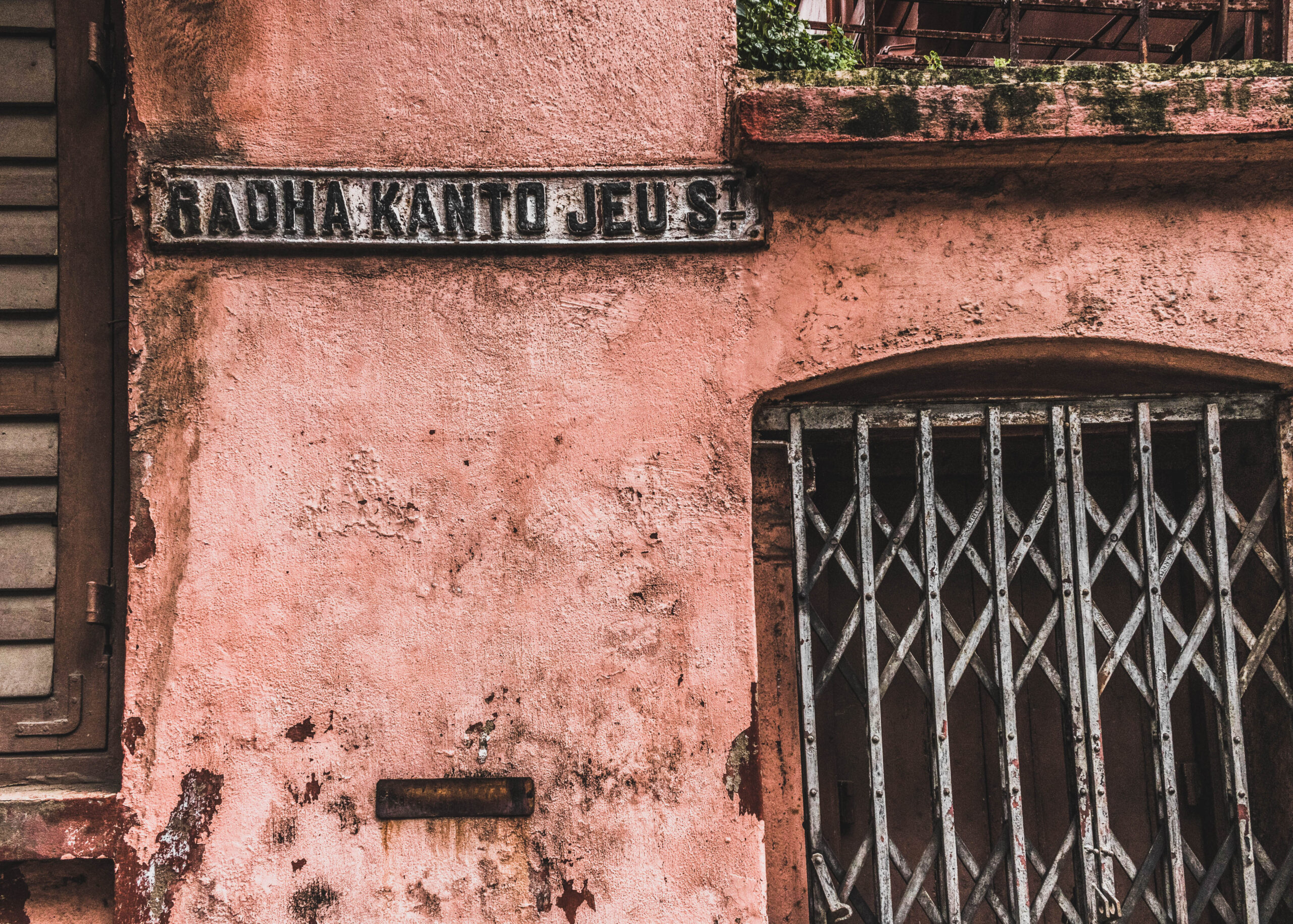
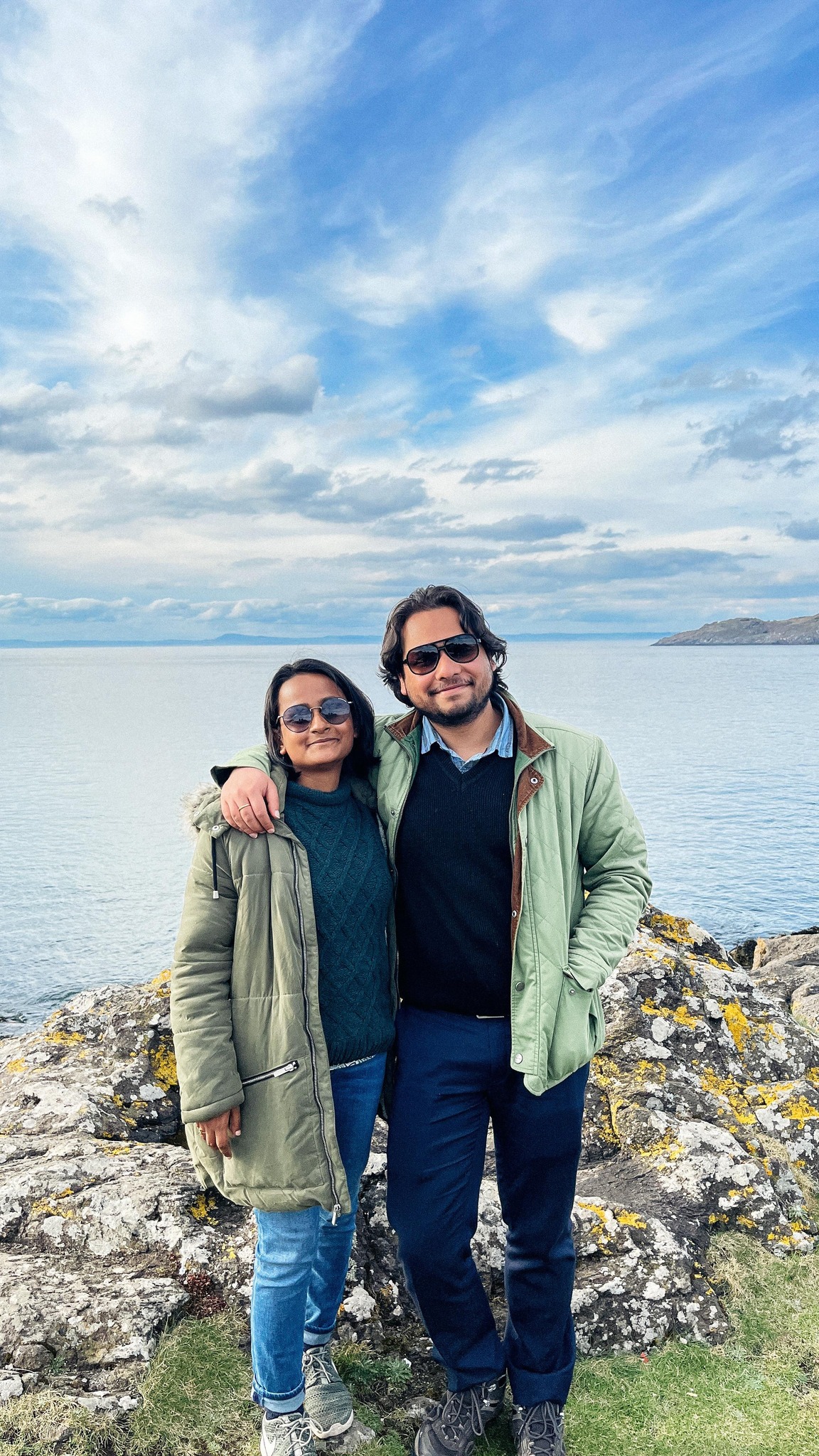
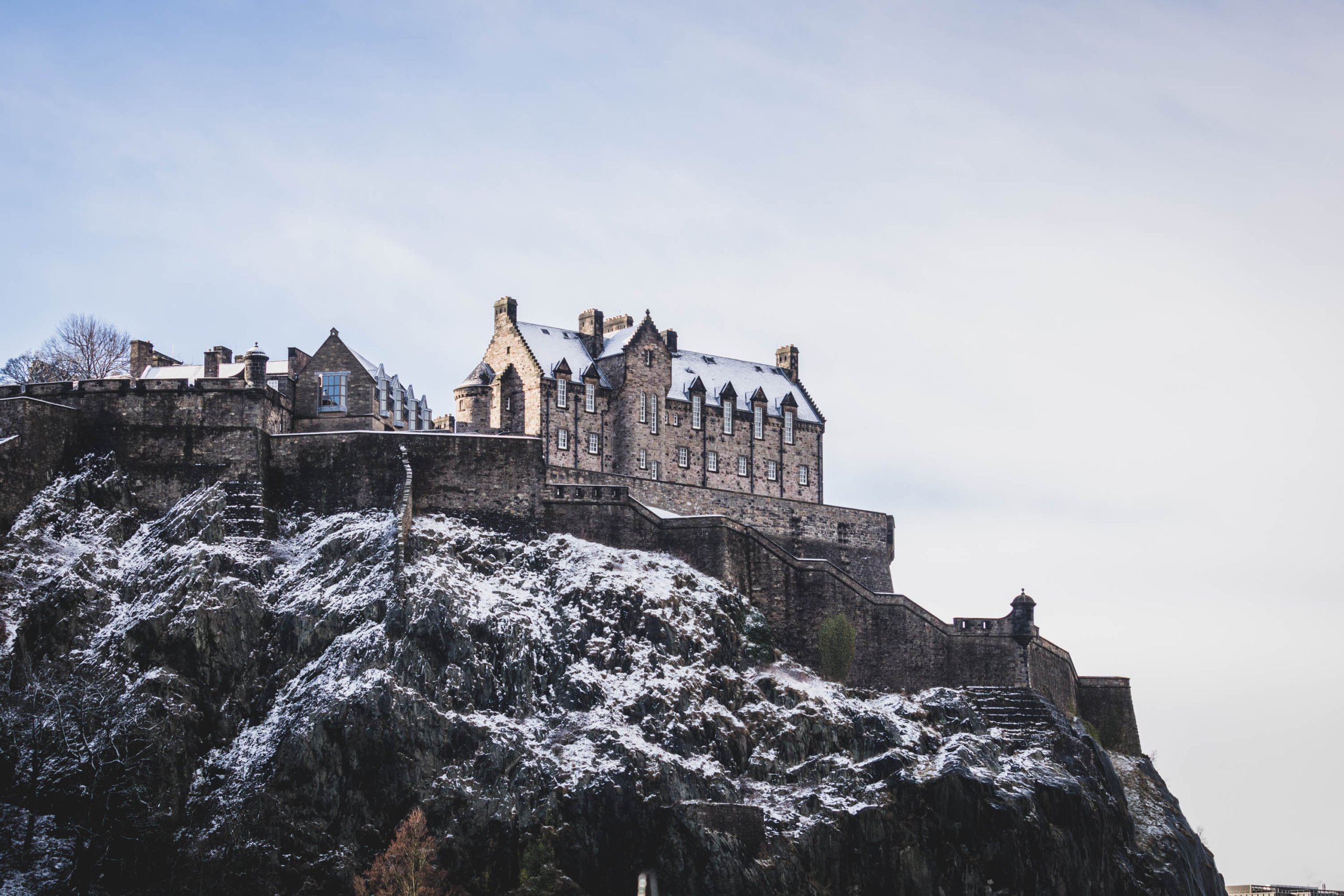
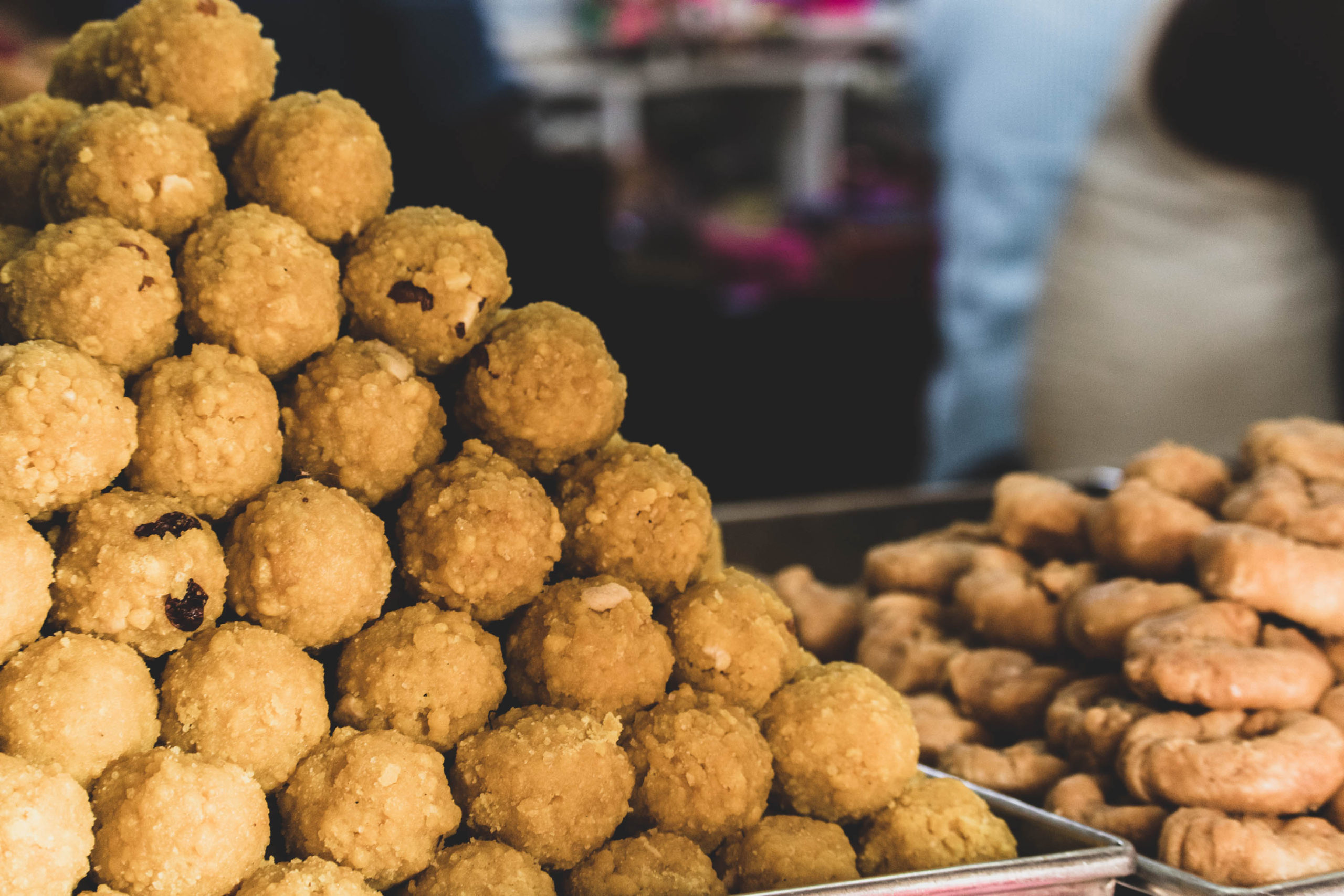
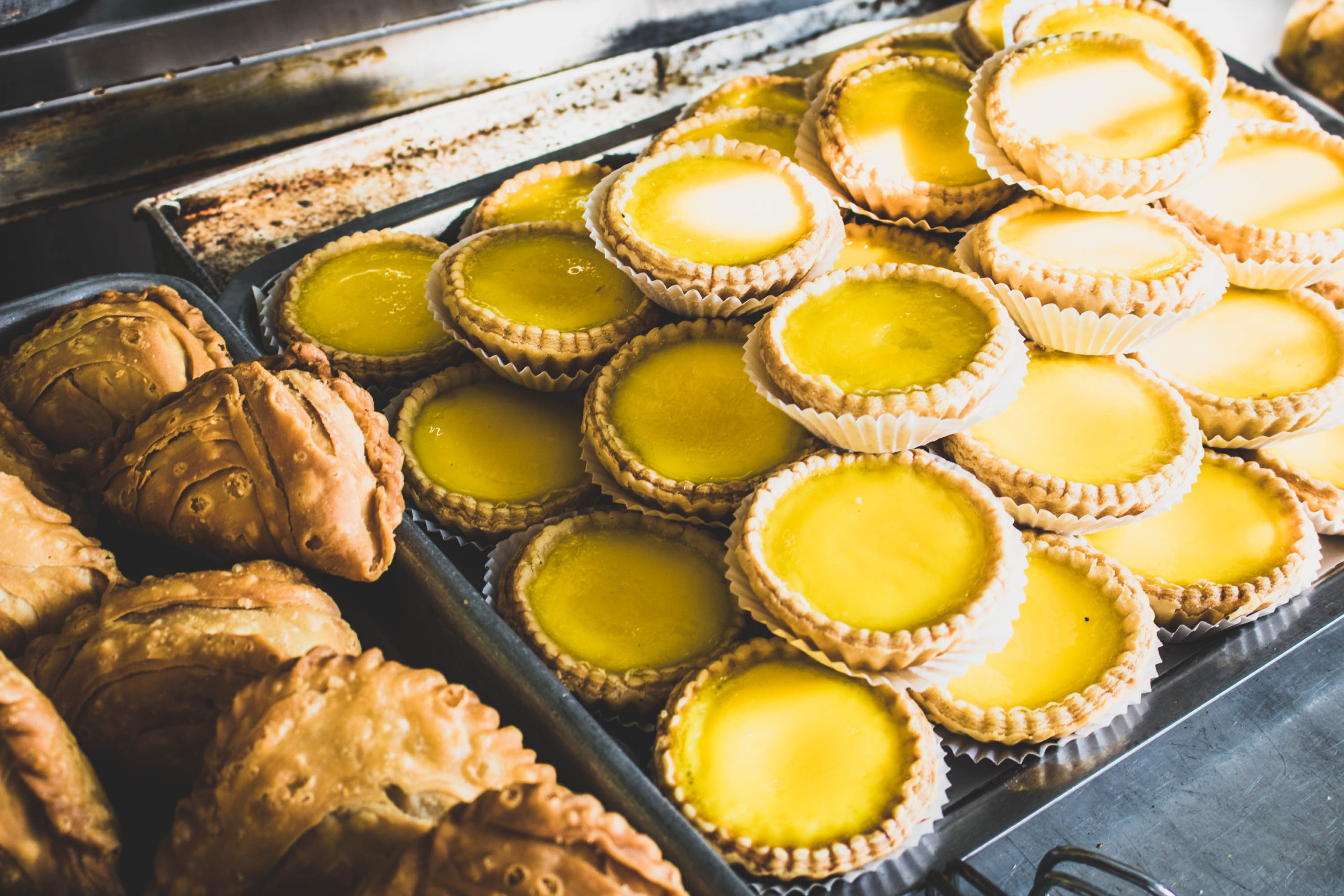
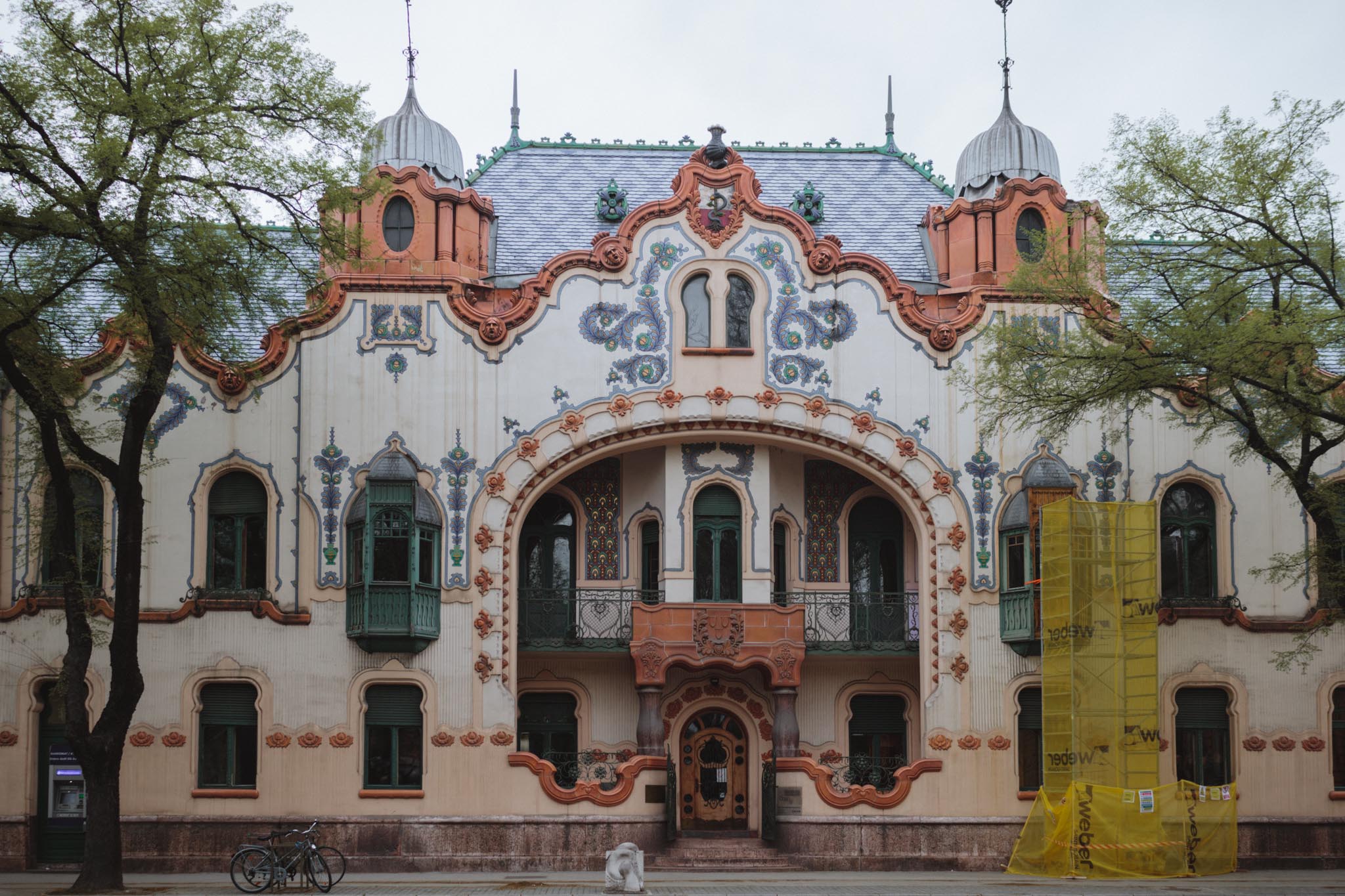

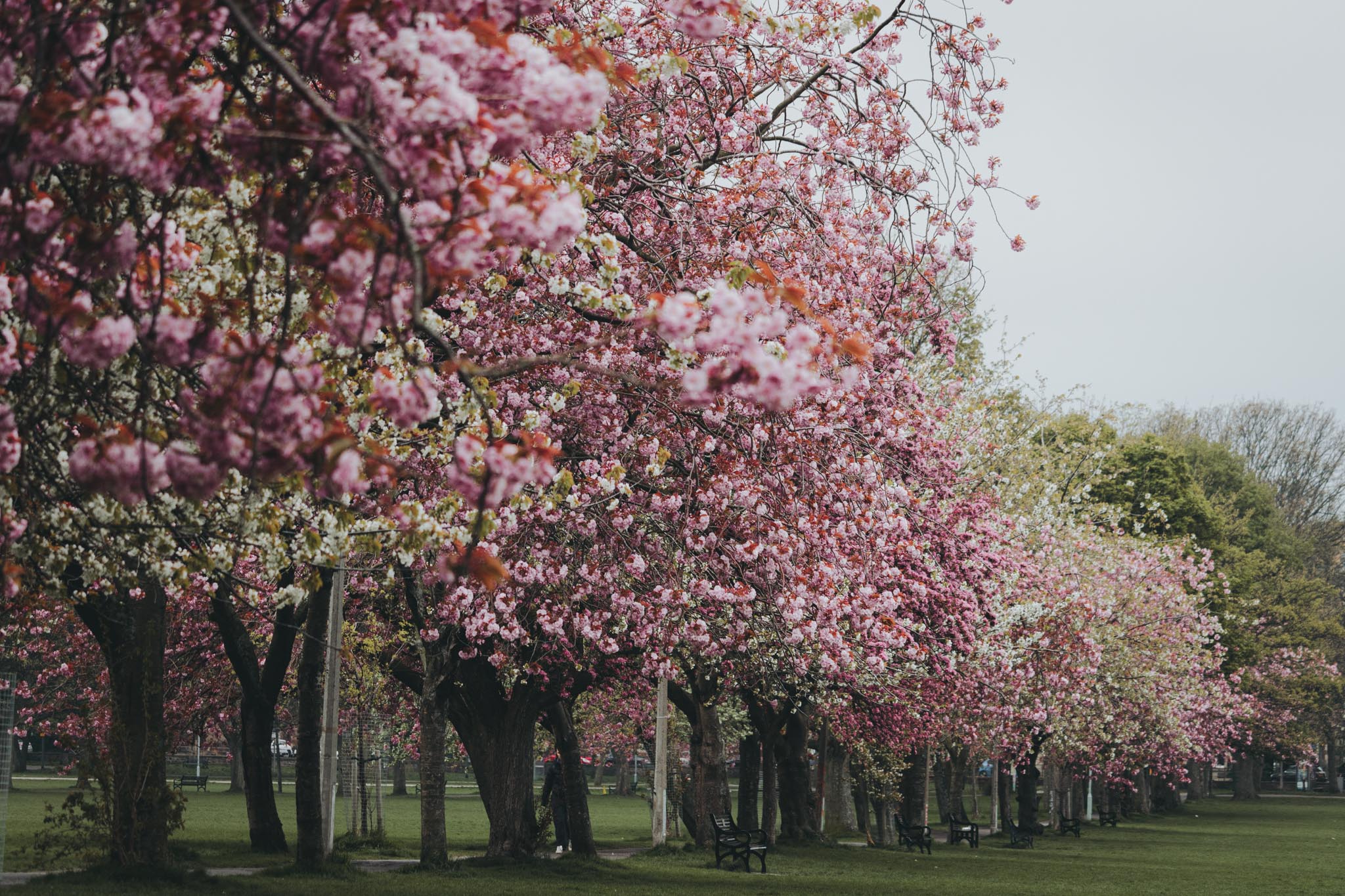
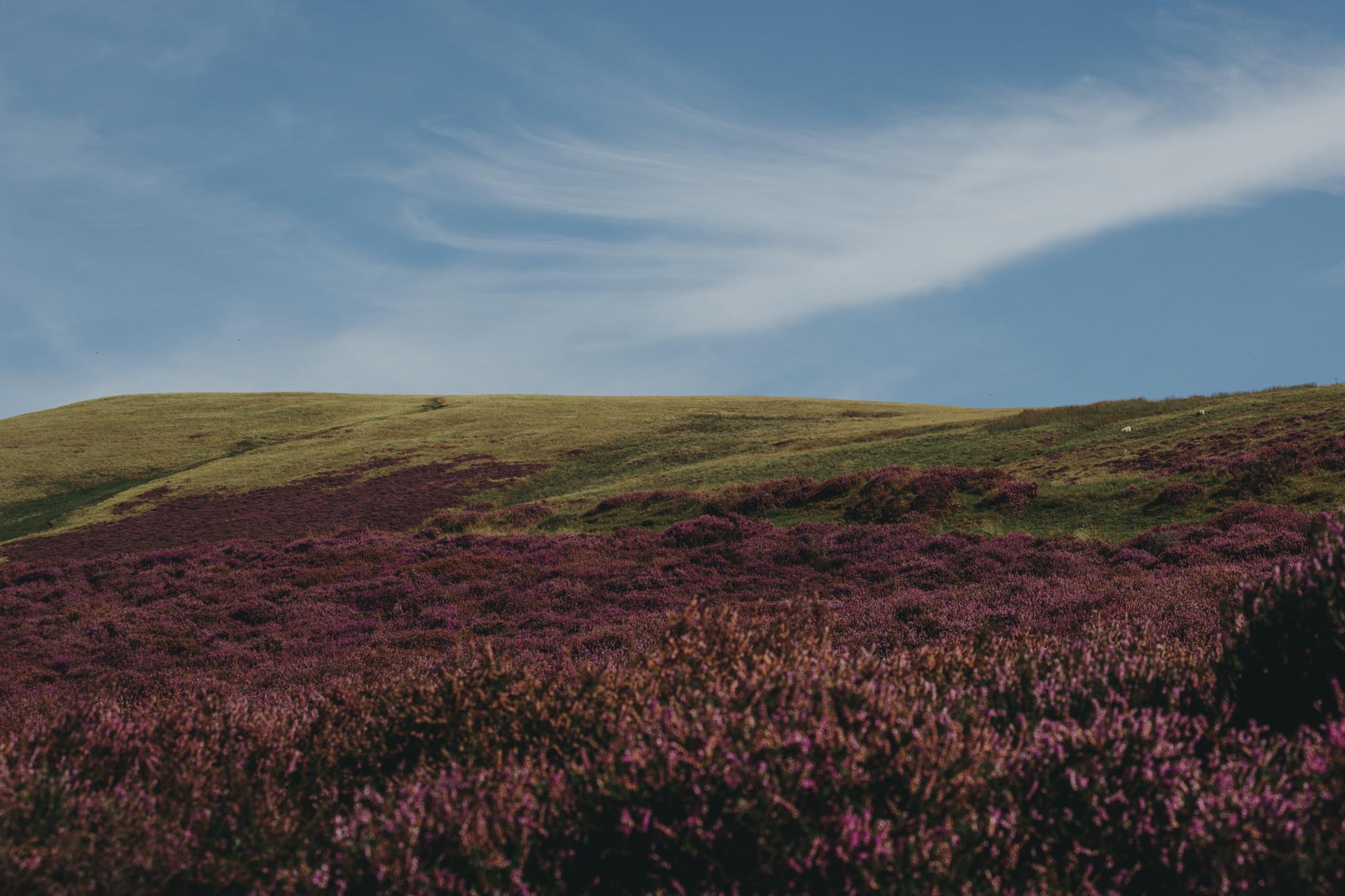
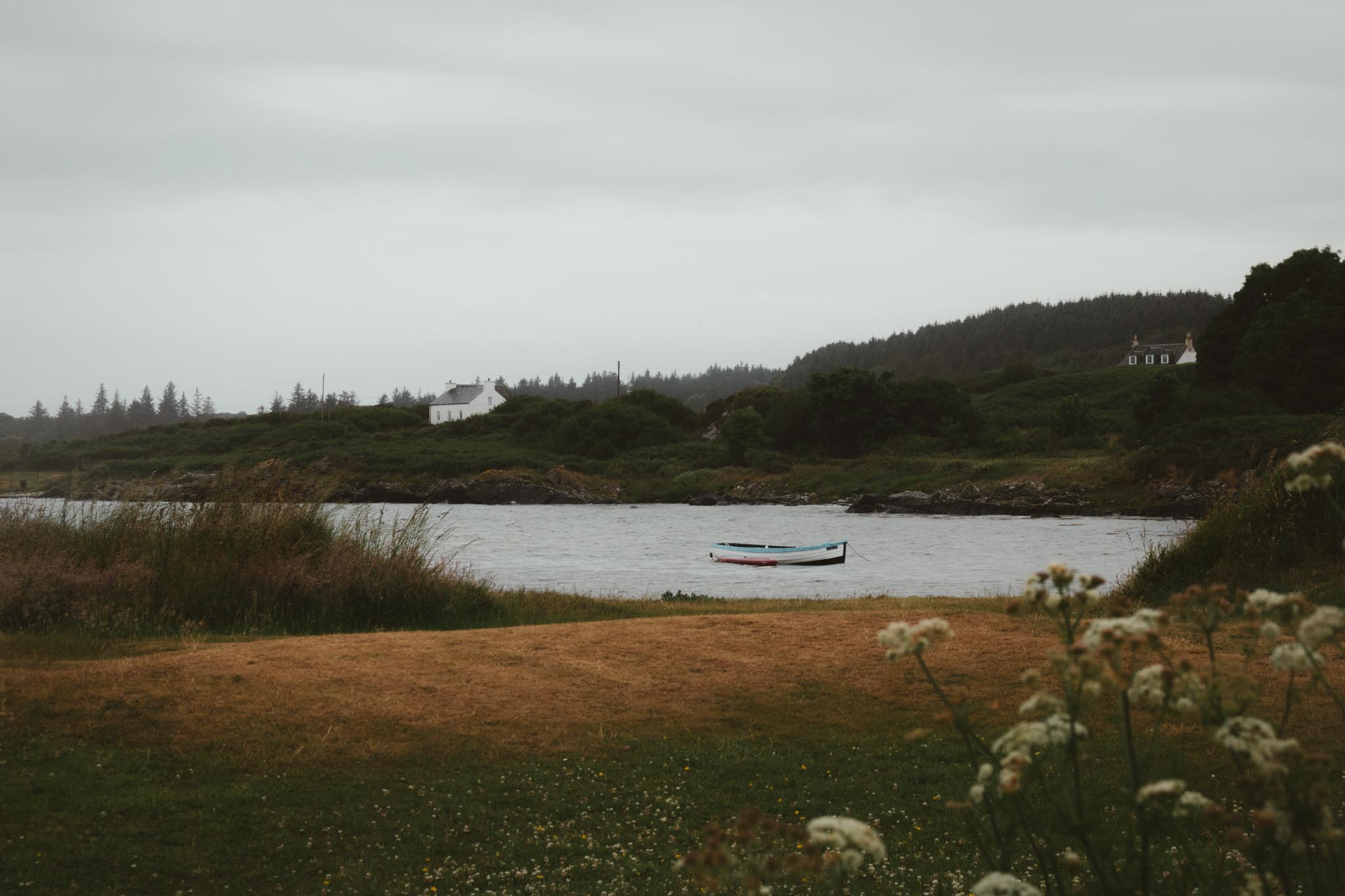
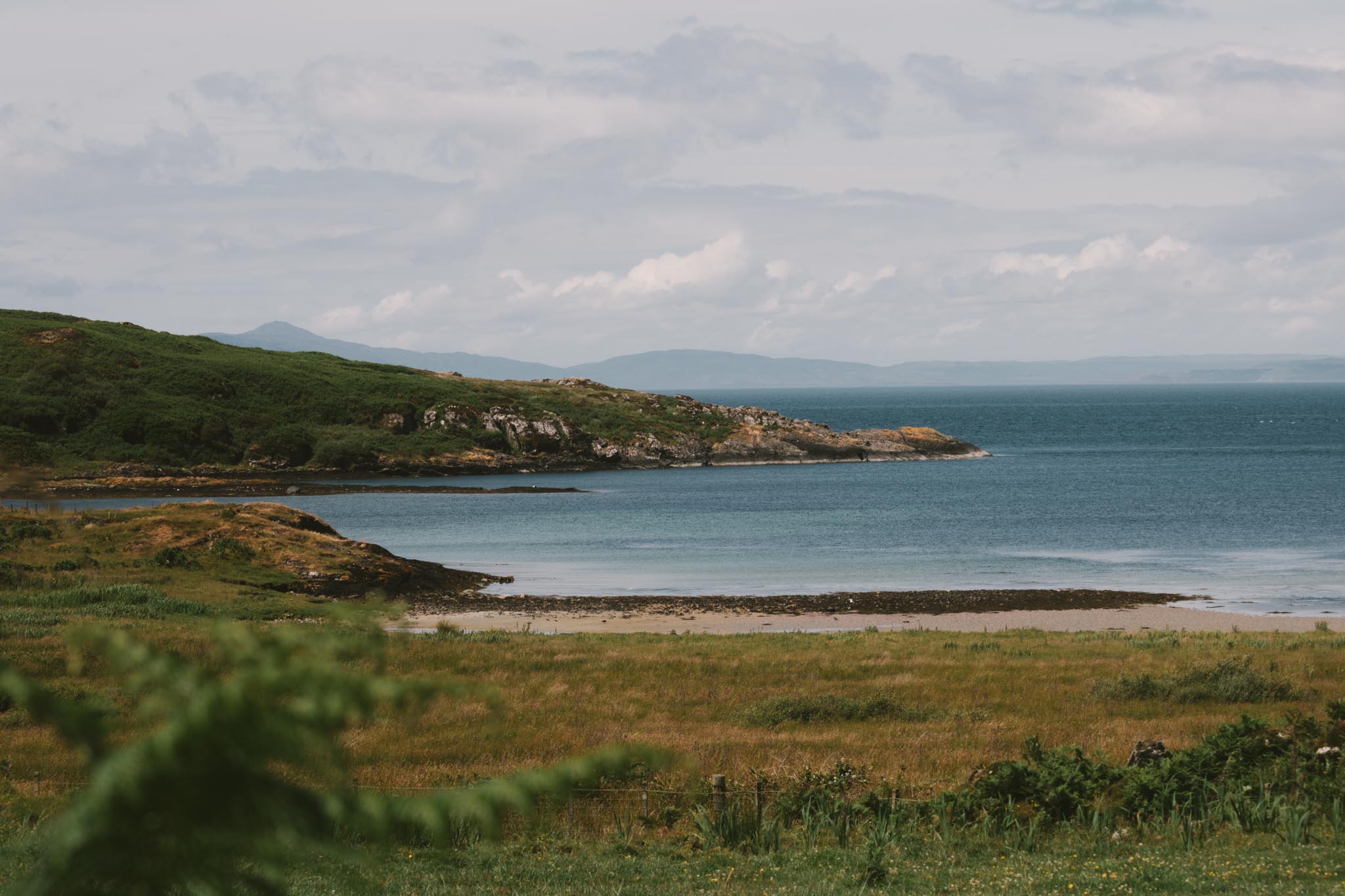
Leave a Reply